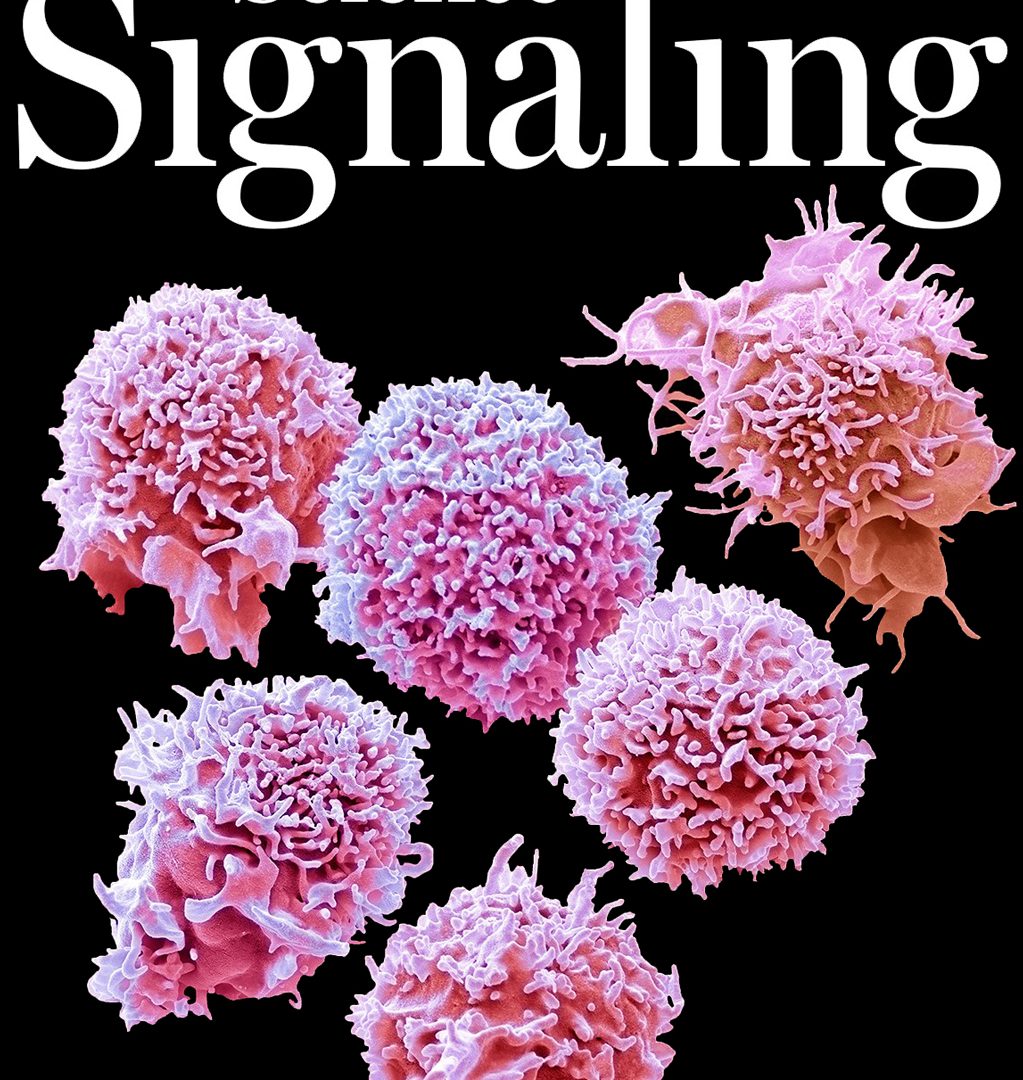Sci Signal. 2021 May 11;14(682):eabf4710. doi: 10.1126/scisignal.abf4710.
Rashida Abdul-Ganiyu 1, Leon A Venegas 1, Xin Wang 1, Charles Puerner 2 3, Robert A Arkowitz 2, Brian K Kay 1, David E Stone 4
Affiliations
1Department of Biological Sciences, University of Illinois at Chicago, Chicago, IL 60607, USA.
2Université Côte D’Azur, CNRS, INSERM, Institute of Biology Valrose (iBV), Parc Valrose, Nice, France.
3Department of Microbiology and Immunology, Geisel School of Medicine at Dartmouth, Dartmouth College, Hanover, NH 03755, USA.
4Department of Biological Sciences, University of Illinois at Chicago, Chicago, IL 60607, USA. dstone@uic.edu.
Shmoo tracking
During the haploid stage, Saccharomyces cerevisiae cells exist as two mating types, which secrete pheromones that activate receptors of the GPCR family expressed by cells of the opposite mating type. The pheromone-stimulated cells produce projections of the plasma membrane (known as shmoos) that grow toward each other in the direction of the pheromone gradient and then fuse. Abdul-Ganiyu et al. developed a fluorescent biosensor that bound to the phosphorylated (activated) Gβ subunit in live yeast cells to track the dynamics of polarized growth as the cells formed shmoos. These experiments revealed the critical role that the redistribution of phosphorylated Gβ, which was generated by activated pheromone receptors, played in gradient sensing by yeast.
Abstract
Budding yeast cells interpret shallow pheromone gradients from cells of the opposite mating type, polarize their growth toward the pheromone source, and fuse at the chemotropic growth site. We previously proposed a deterministic, gradient-sensing model that explains how yeast cells switch from the intrinsically positioned default polarity site (DS) to the gradient-aligned chemotropic site (CS) at the plasma membrane. Because phosphorylation of the mating-specific Gβ subunit is thought to be important for this process, we developed a biosensor that bound to phosphorylated but not unphosphorylated Gβ and monitored its spatiotemporal dynamics to test key predictions of our gradient-sensing model. In mating cells, the biosensor colocalized with both Gβ and receptor reporters at the DS and then tracked with them to the CS. The biosensor concentrated on the leading side of the tracking Gβ and receptor peaks and was the first to arrive and stop tracking at the CS. Our data showed that the concentrated localization of phosphorylated Gβ correlated with the tracking direction and final position of the G protein and receptor, consistent with the idea that gradient-regulated phosphorylation and dephosphorylation of Gβ contributes to gradient sensing. Cells expressing a nonphosphorylatable mutant form of Gβ exhibited defects in gradient tracking, orientation toward mating partners, and mating efficiency.
PMID: 33975981
DOI: 10.1126/scisignal.abf4710

